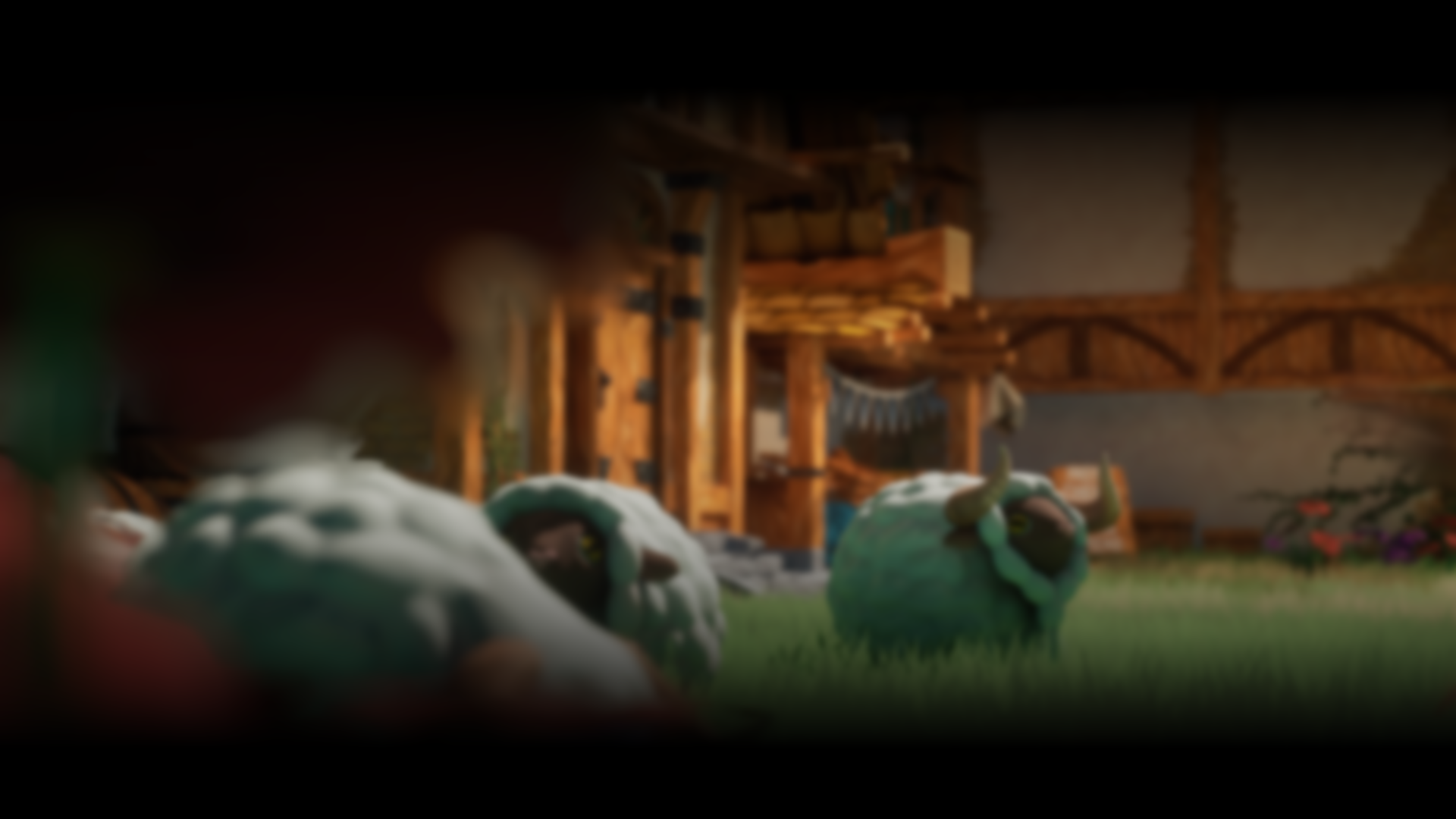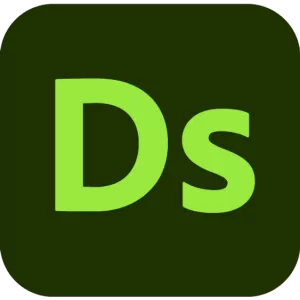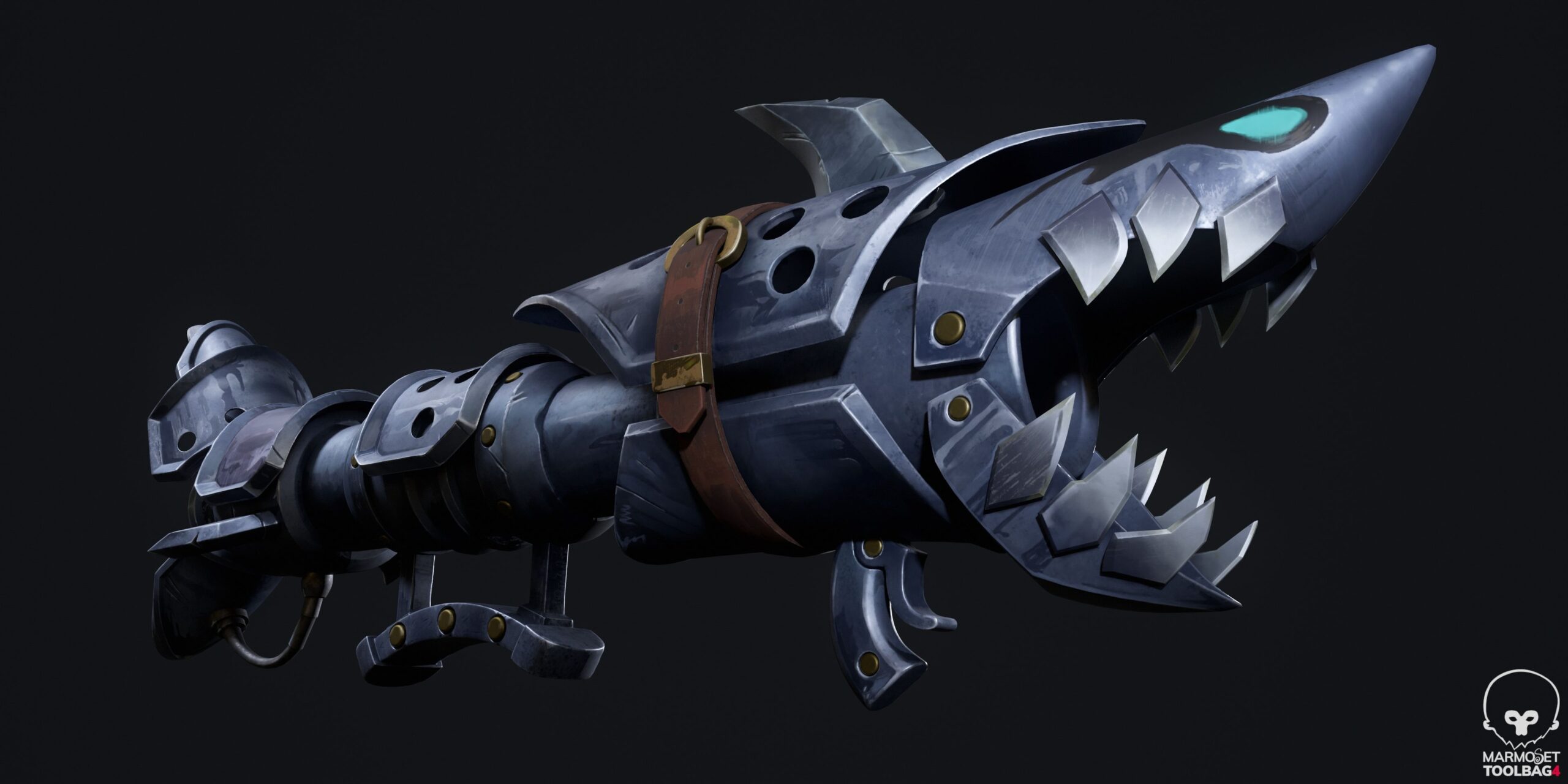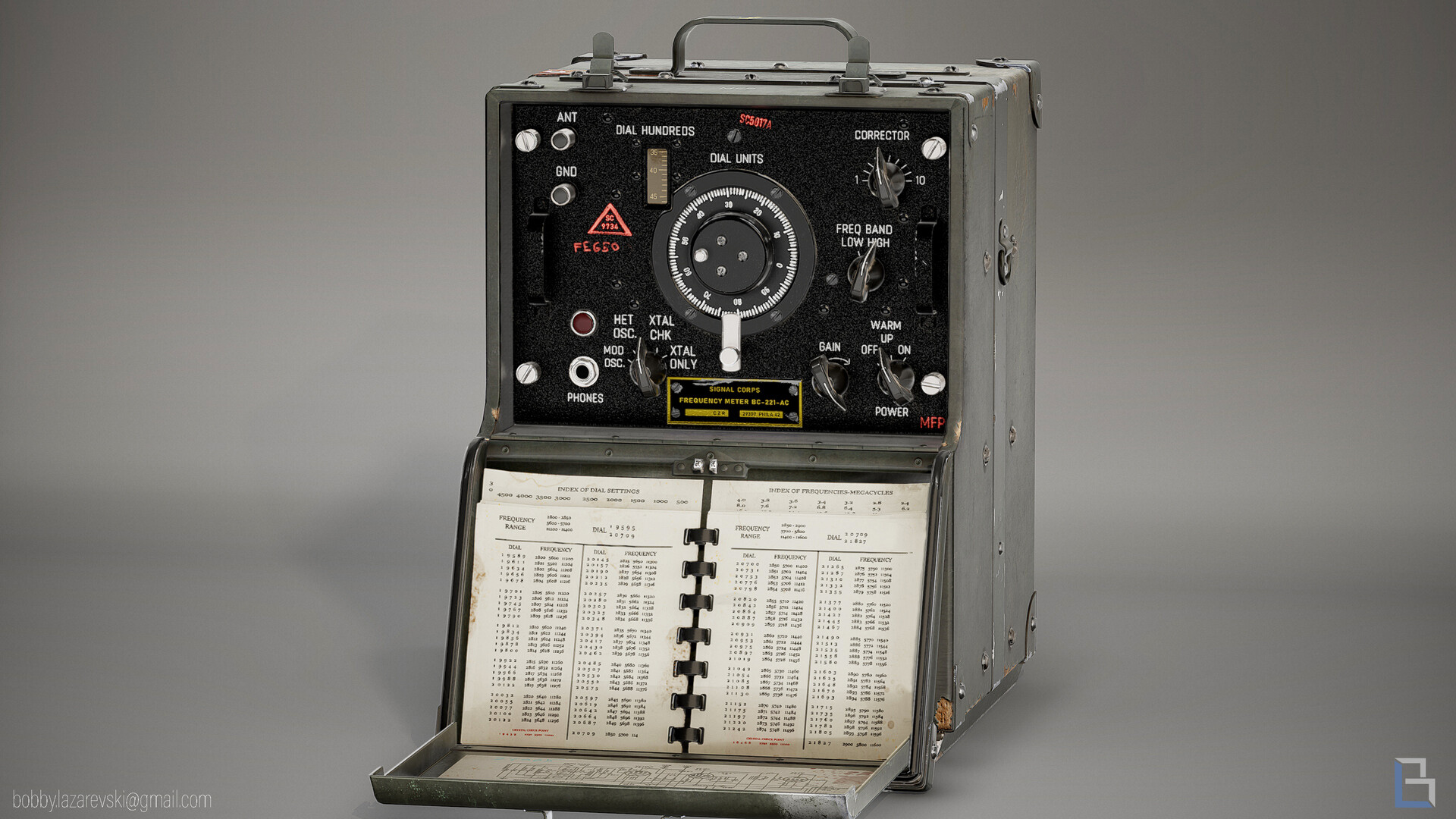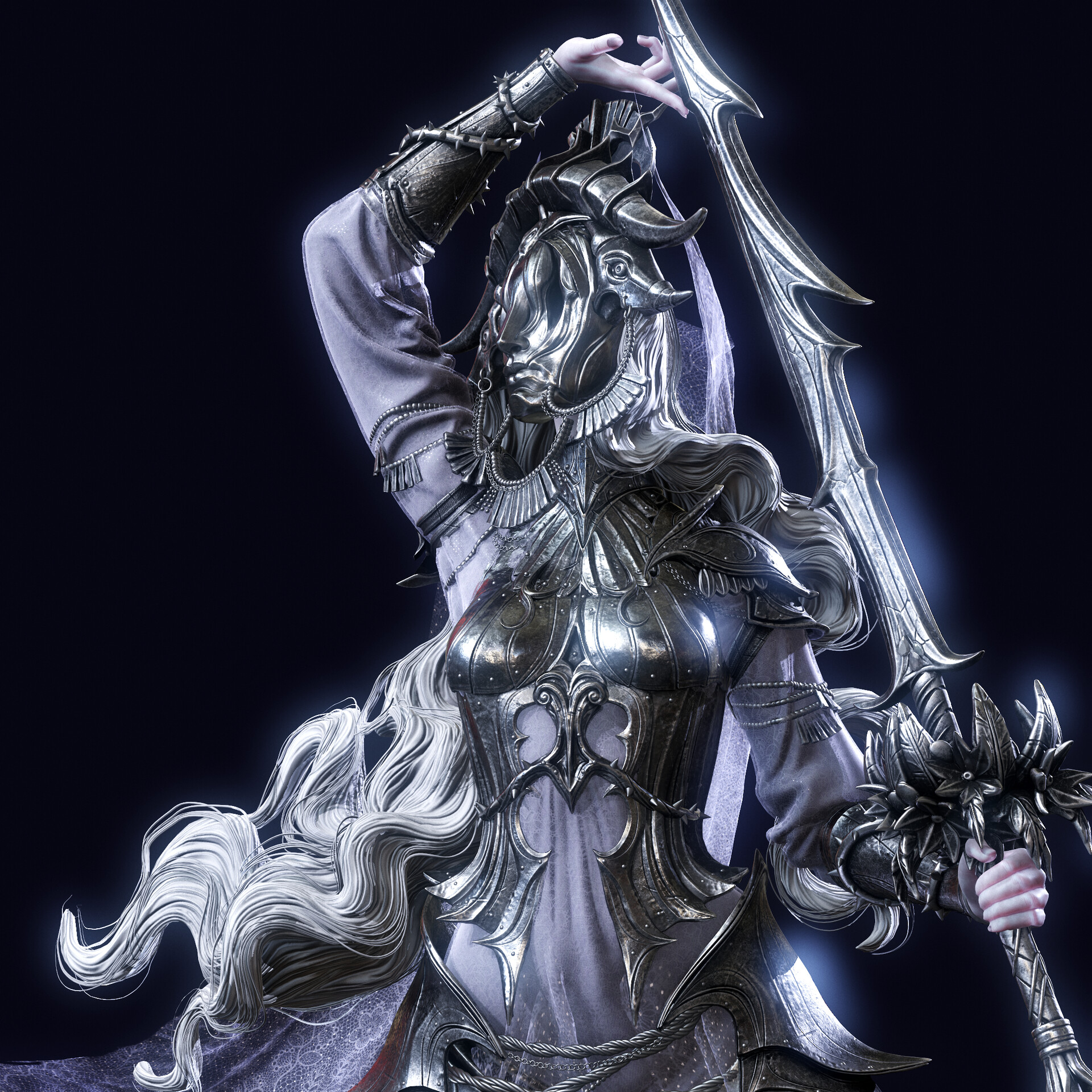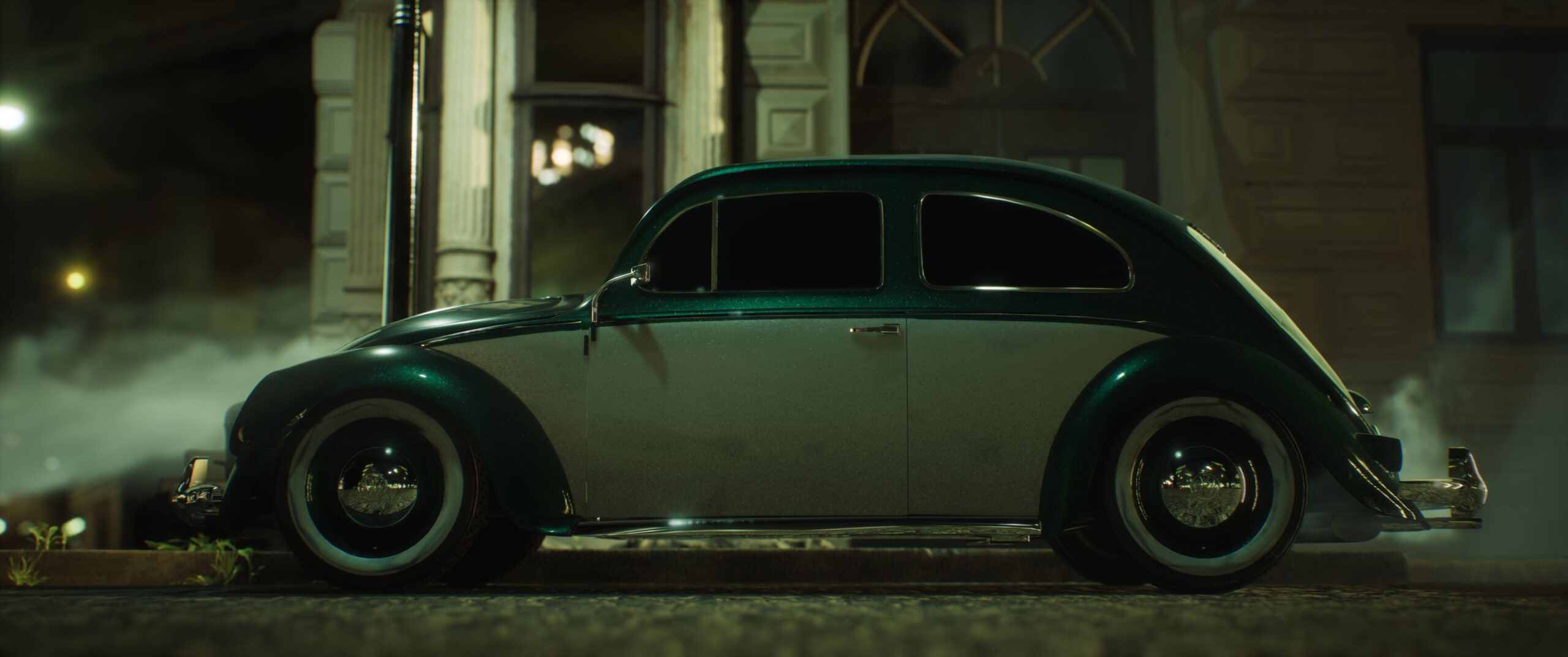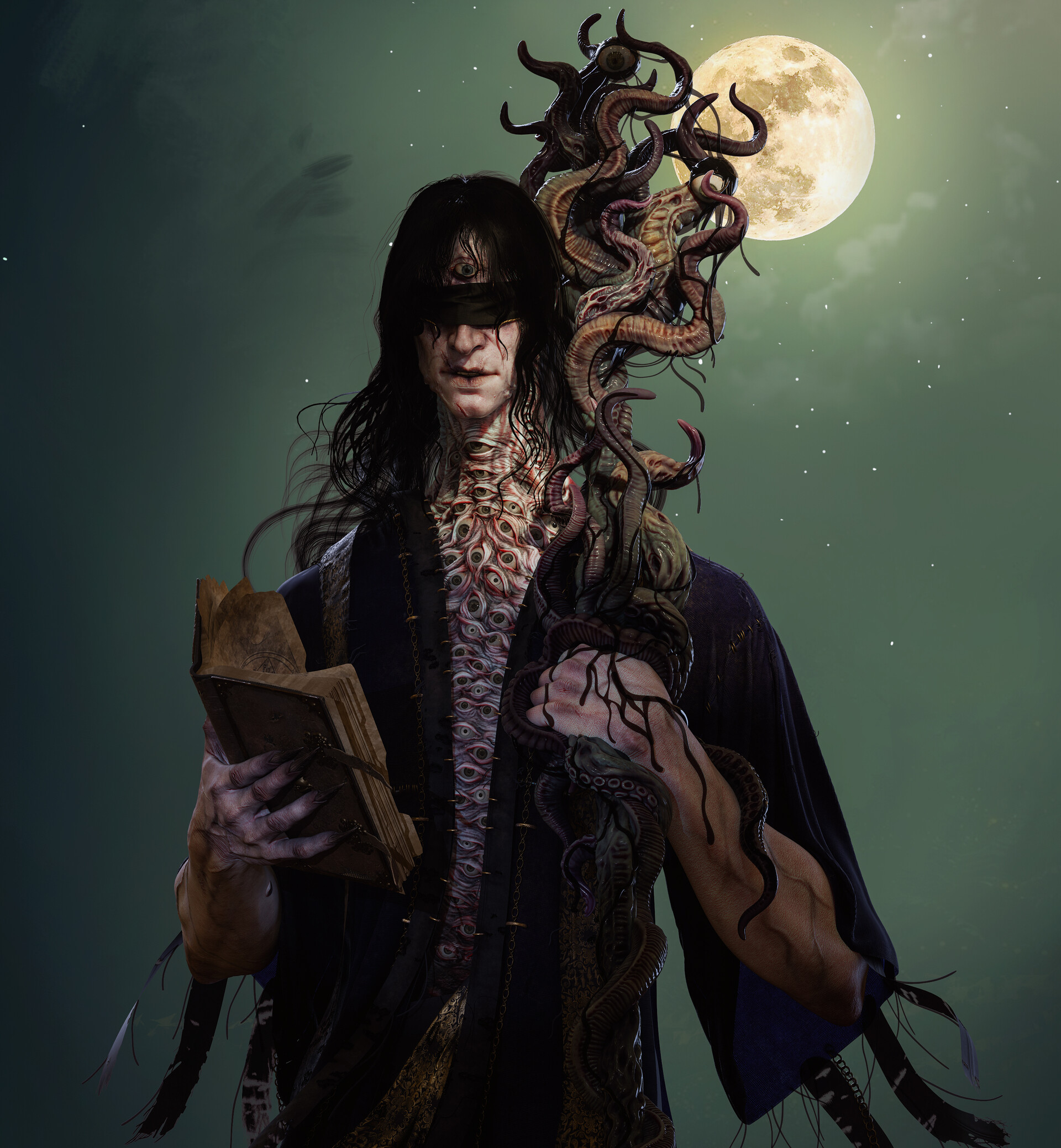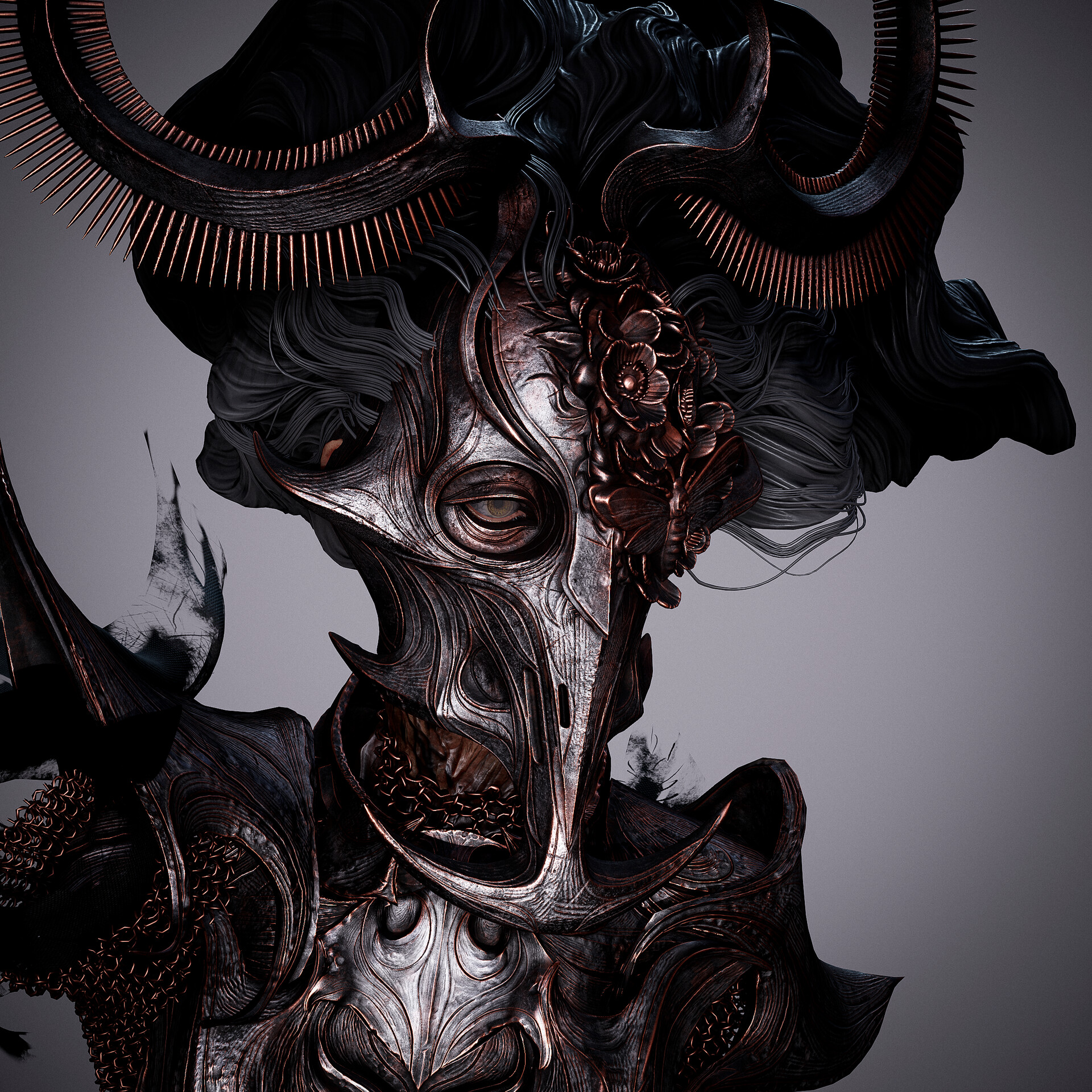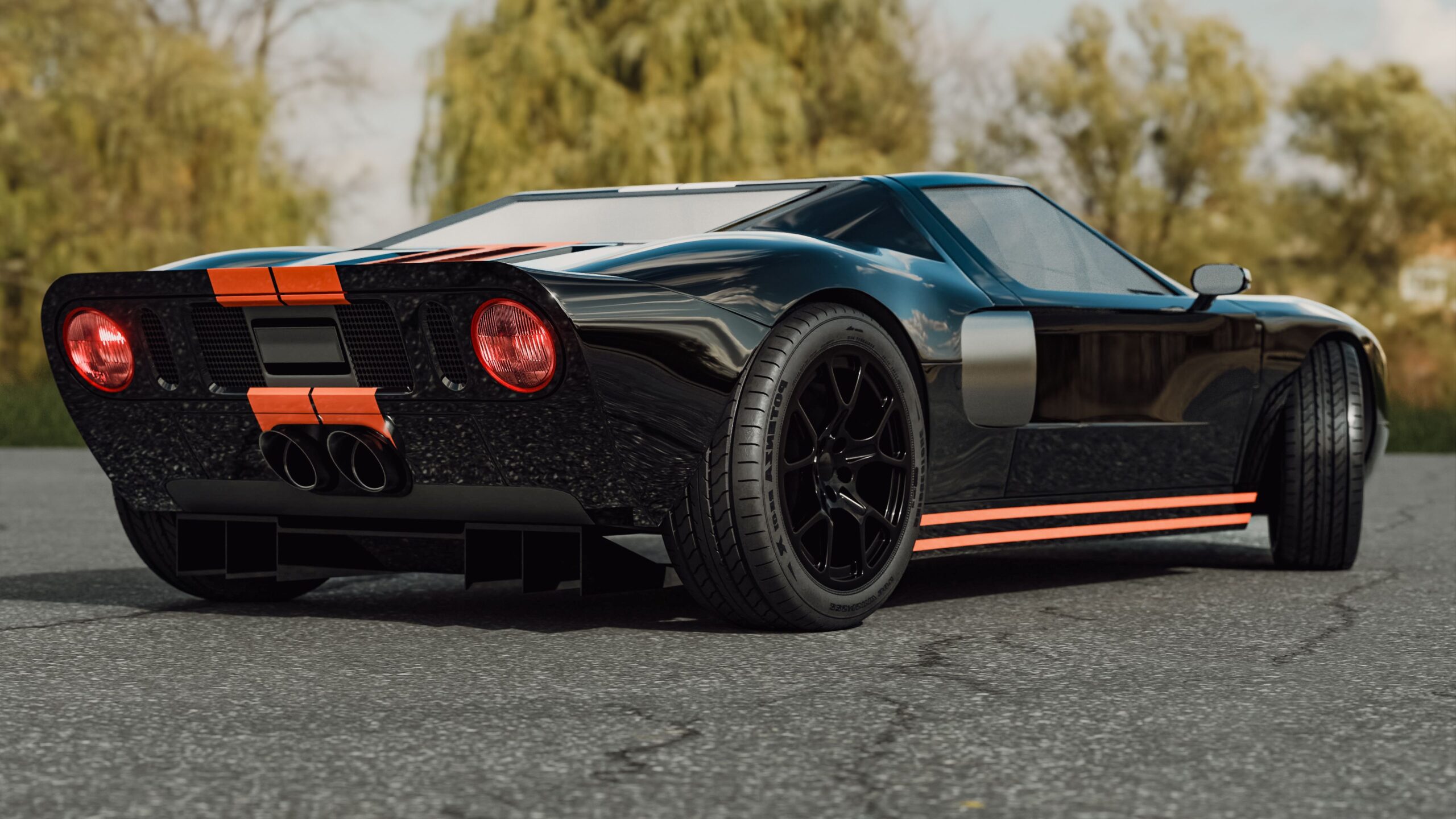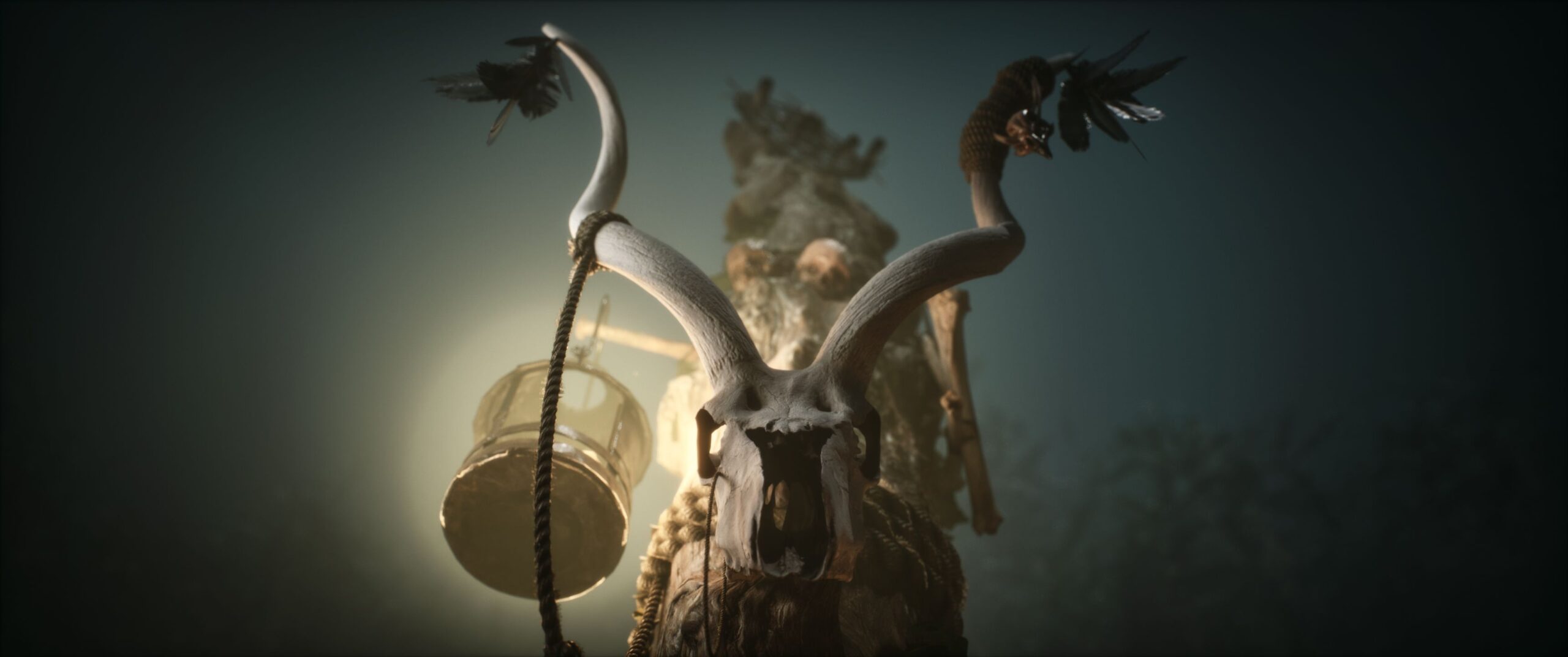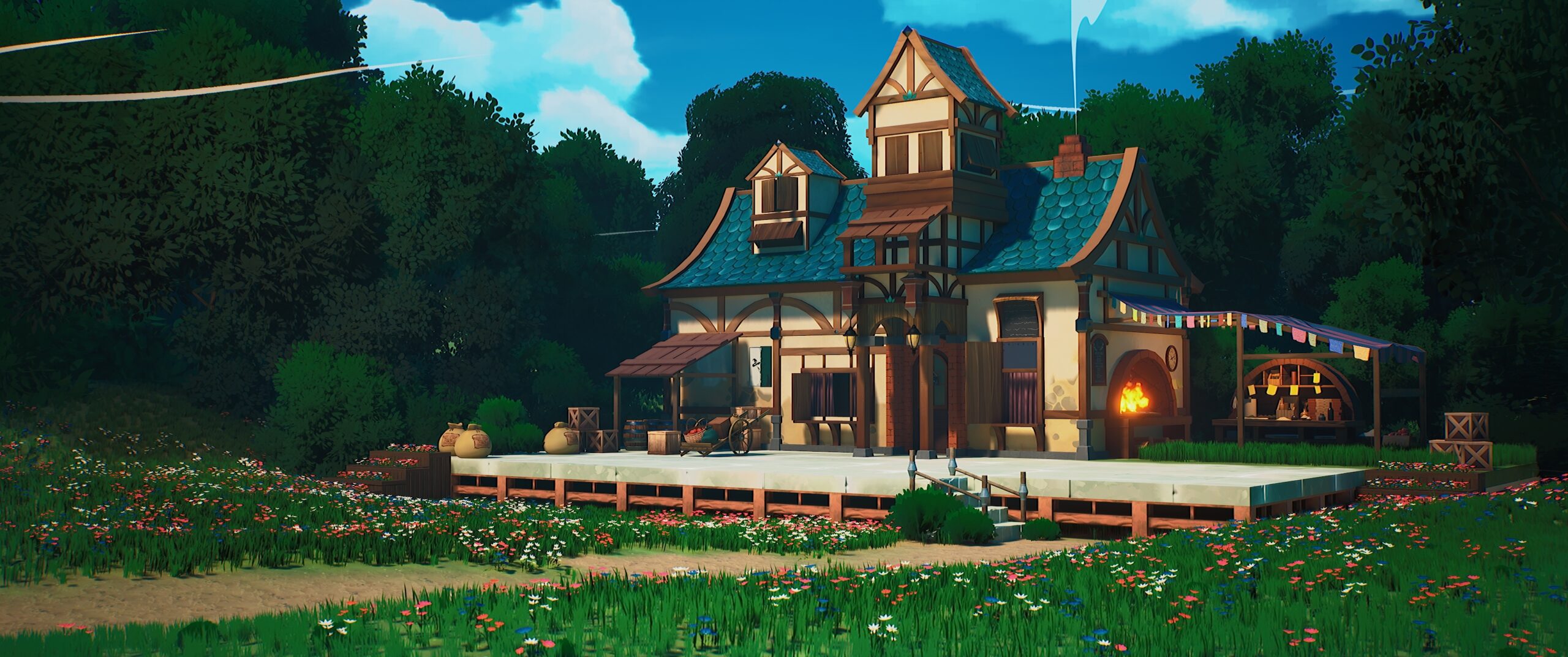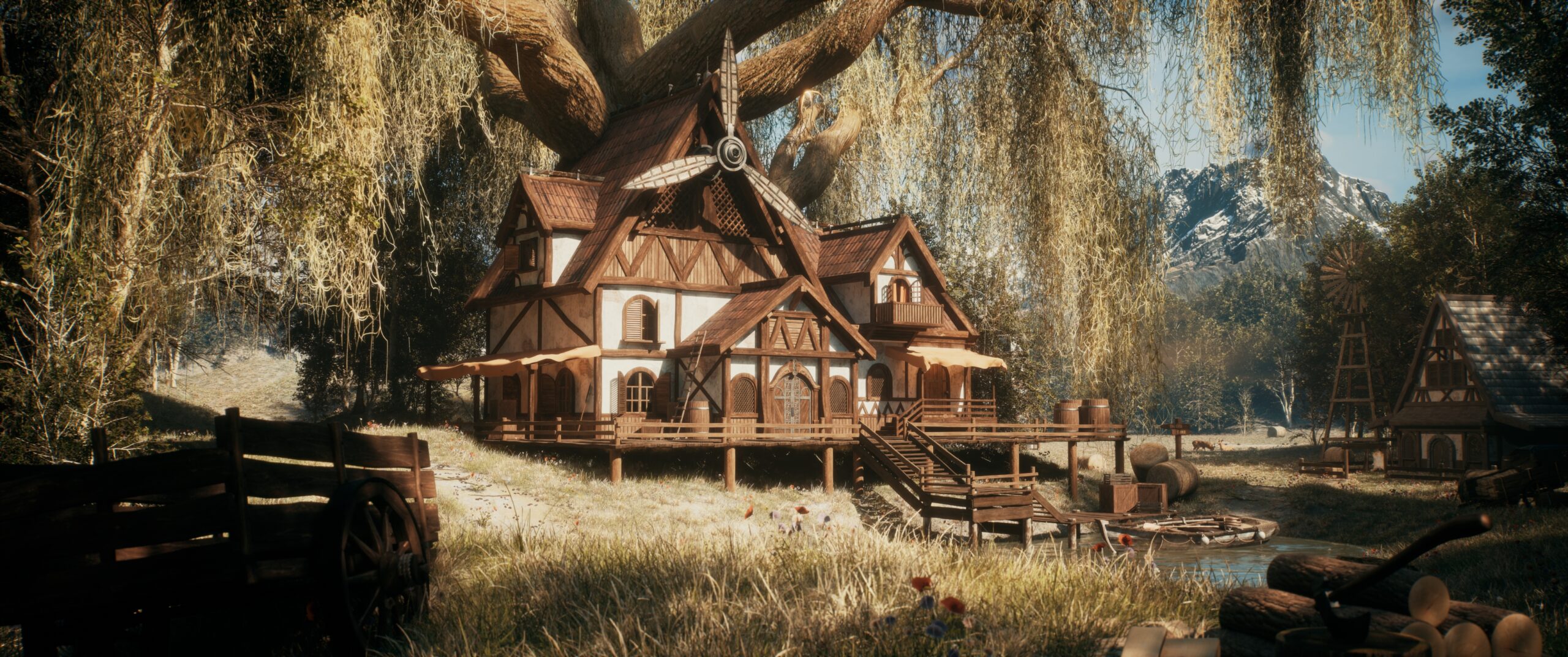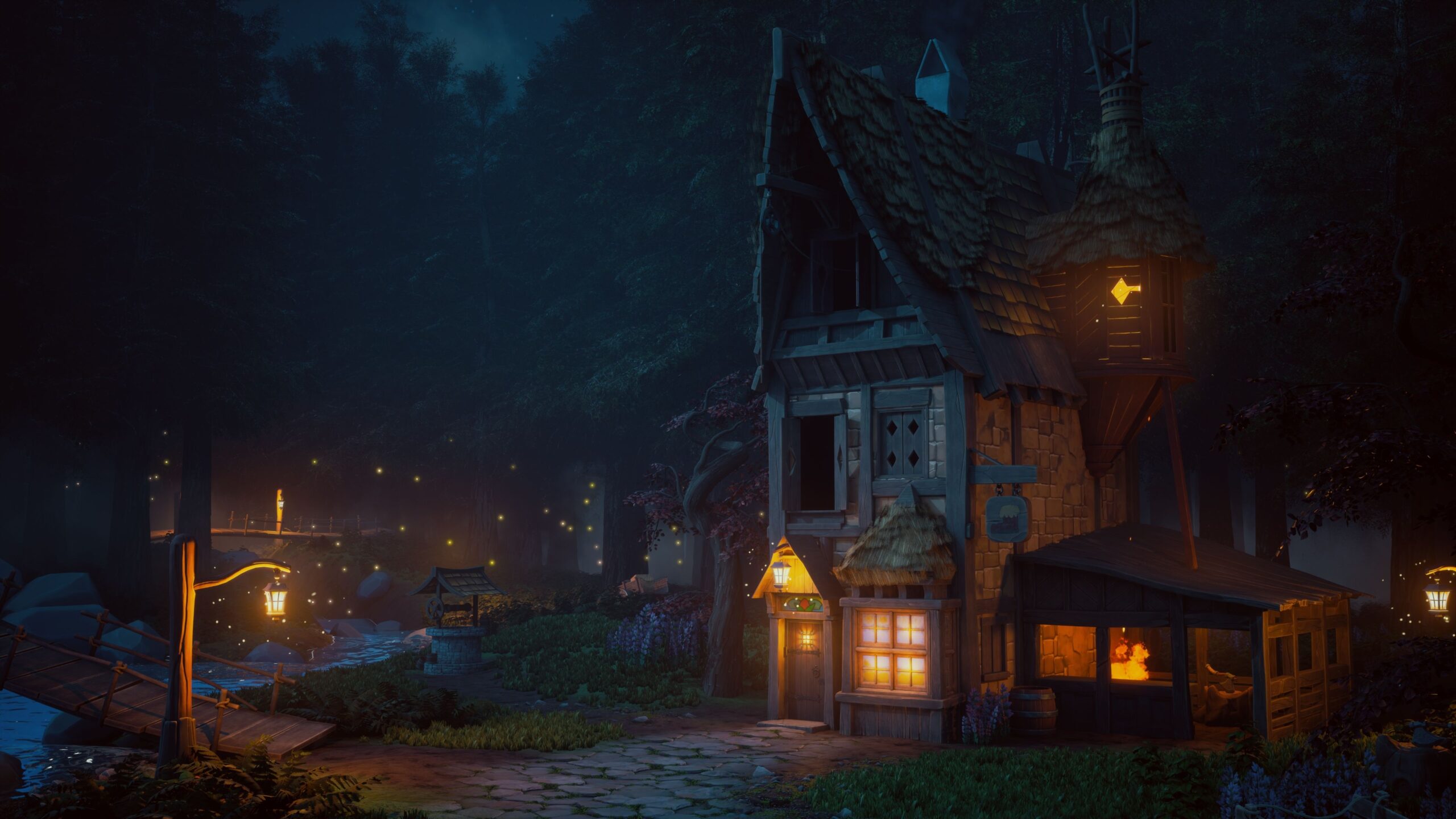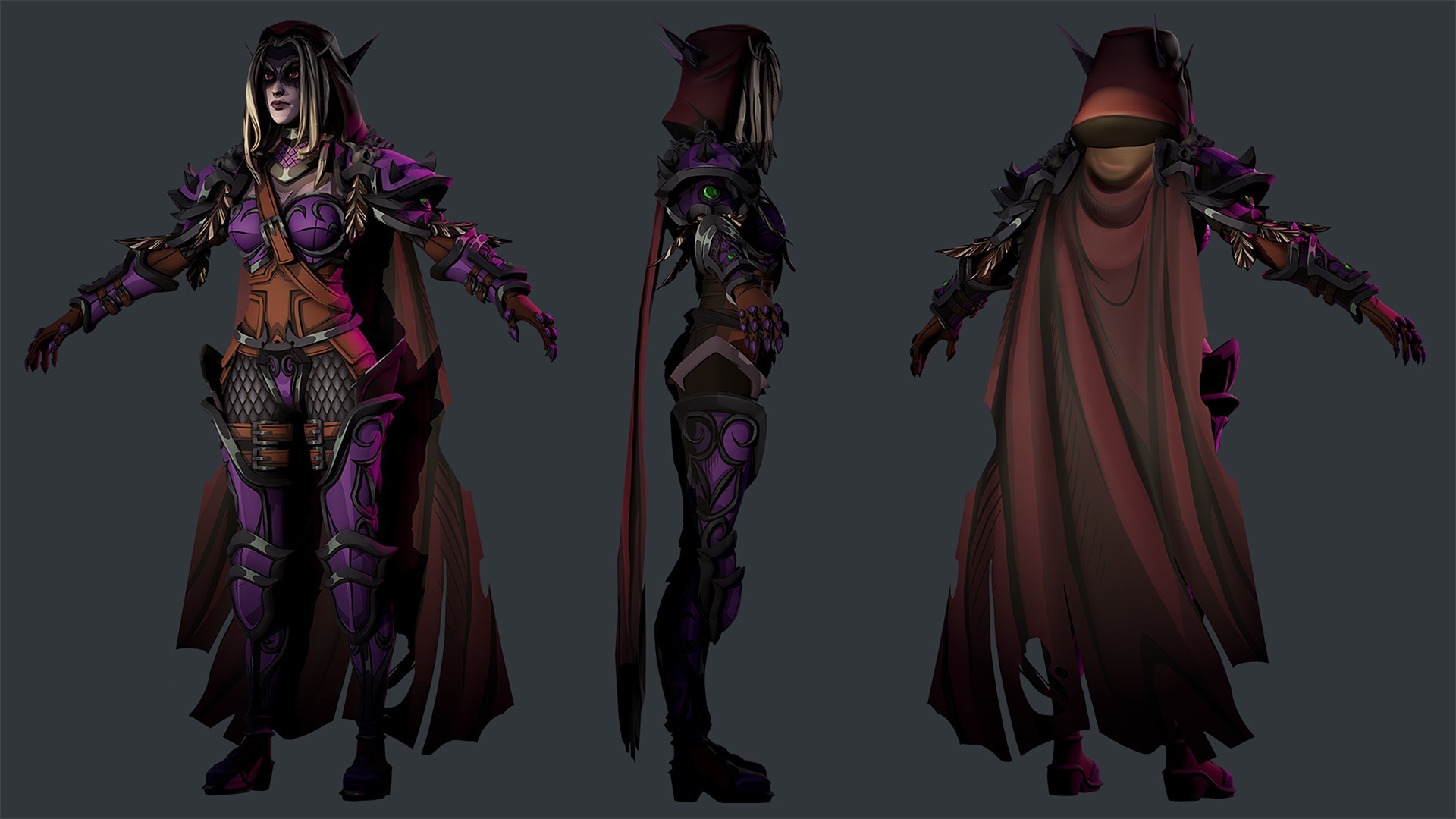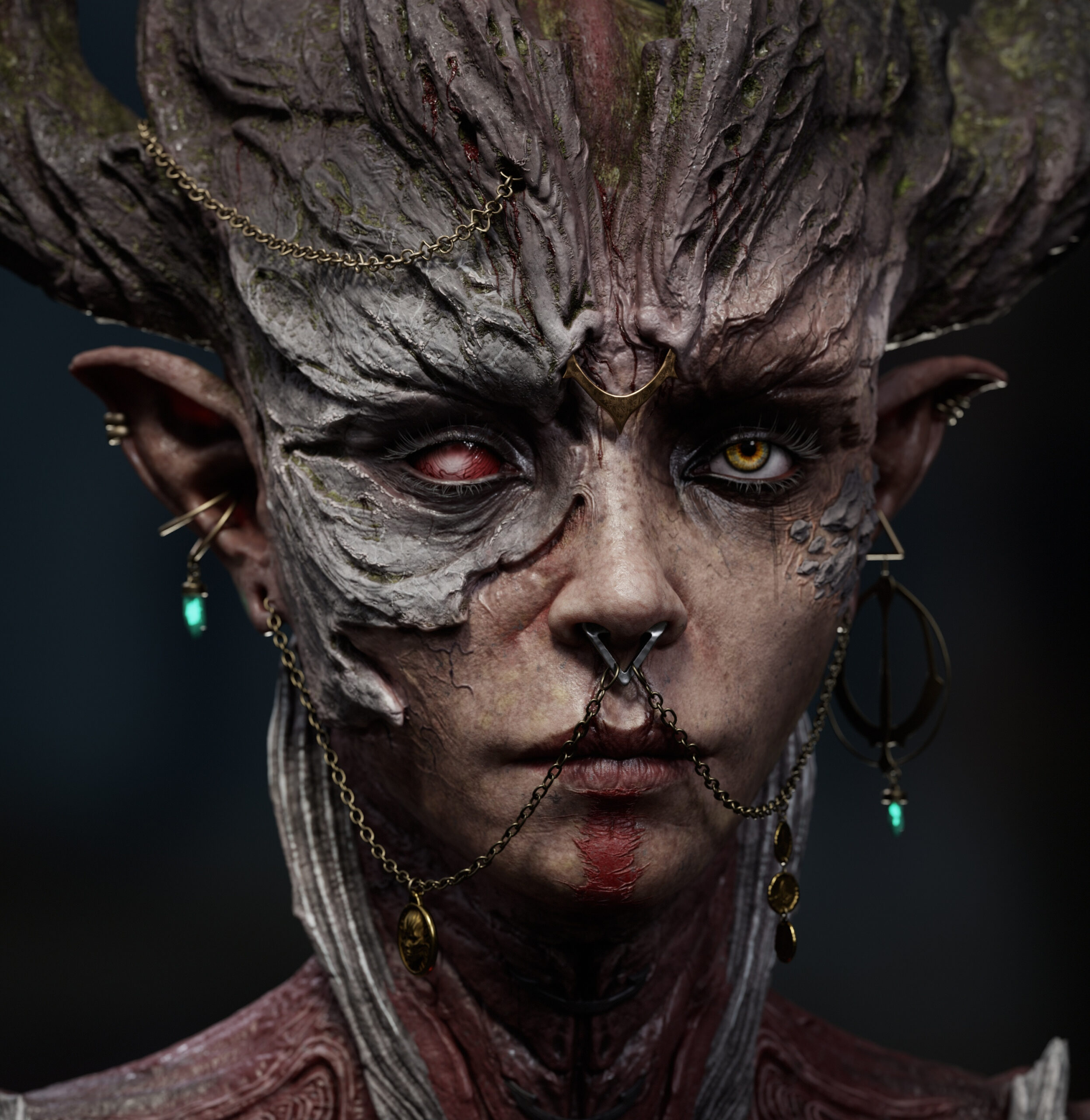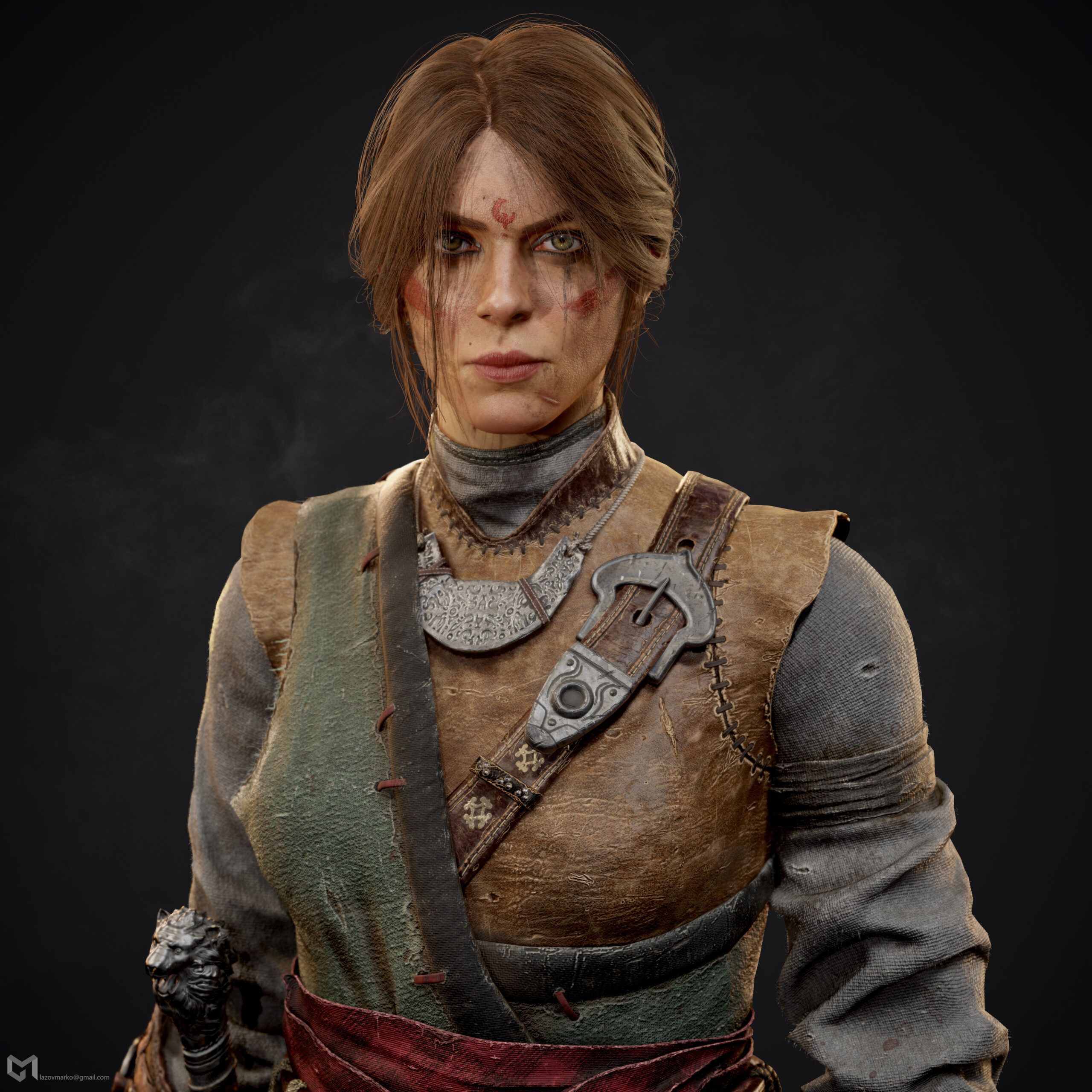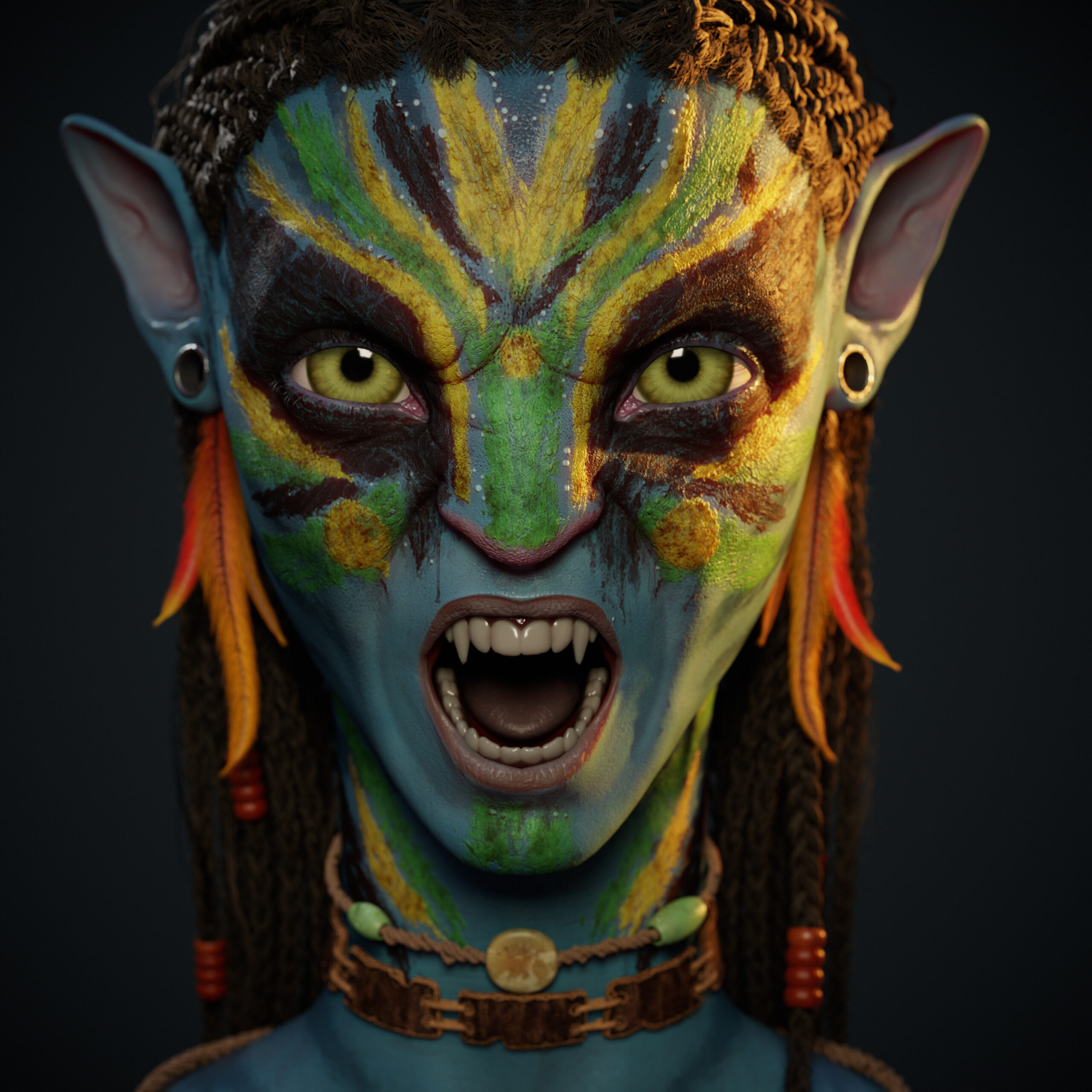SKILL LEVEL
intermediate
DURATION
4 MONTHS
DEDICATION
14 hours/week
FORMAT
100% online with 1-on-1 mentorship
PRICE
$1.890
Program overview
Join our Stylized Environment Course and learn the complete process of creating stunning stylized worlds from scratch. Whether you’re an aspiring environment artist or a professional looking to refine your skills, this course will take you through every step—from defining an art style to rendering your final cinematic shot. Guided by industry experts, you’ll gain hands-on experience with Unreal Engine, Maya, Zbrush, SpeedTree, Gaea, Substance Designer, Substance Painter, and more. Learn how to create modular assets, dynamic materials, and immersive VFX while mastering composition, lighting, and post-processing techniques. By the end of the course, you’ll have a professional-quality environment ready to showcase in your portfolio.
Stylized Environment is:
- 100% online with 1 on 1 mentorship
- Taught by industry experts
- Constantly updated according to the latest industry standards
- With 24/7 access to all study materials forever
- Bonus Classes for further advancement
- Community driven
Software we’ll provide
STYLIZED ENVIRONMENT COURSE
Structure and Formats
WHY CHOOSE M3DS?
Many artists in the 3D learning journey often struggle with where to start and which software to focus on, which can lead to losing their passion for this creative industry. This can result in taking courses that do not cater to their individual needs, leading to confusion and a lack of direction. At M3DS Academy, we understand the importance of structured programs in achieving success.
Our structure programs provide a solid foundation that leads to success stories. As evidence of our success, we are proud to be ranked among the Top 10 Creative Media and Entertainment Schools and Colleges worldwide in 2022 based on our students’ portfolios. Join us, and let us guide you on your journey to success in 3D learning.
Enjoy the flexibility of spreading your payments over a maximum of 12 monthly installments without any additional fees.
Next enrollment date: August, 2025
$472
Price for 4 installments
$630
Price for 3 installments
$945
Price for 2 installments
$1690
Price for 1 installments

